-
1
- #1
Tomfh
Structural
- Feb 27, 2005
- 3,584
A decent crack.
Watch the video in the second link showing how much it moves. Presumably some sort of dynamic/fatigue crack?
Watch the video in the second link showing how much it moves. Presumably some sort of dynamic/fatigue crack?

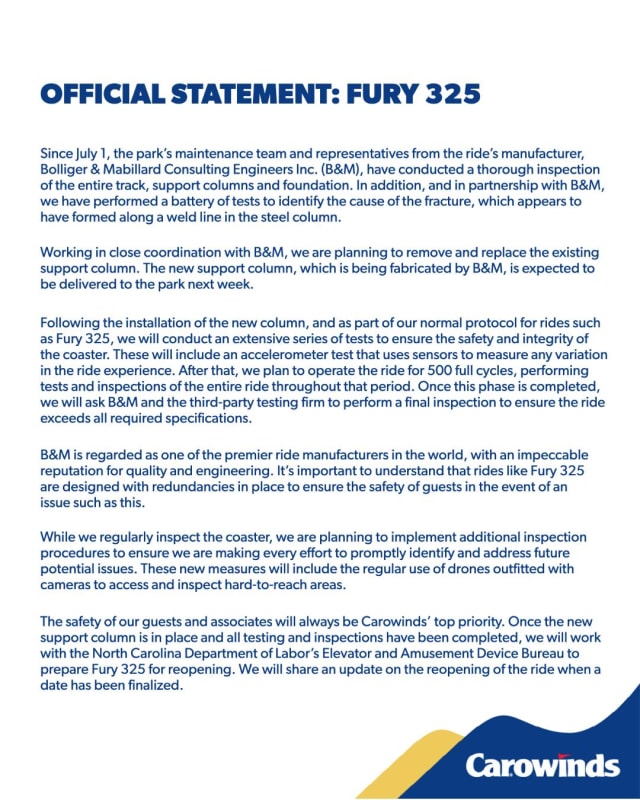
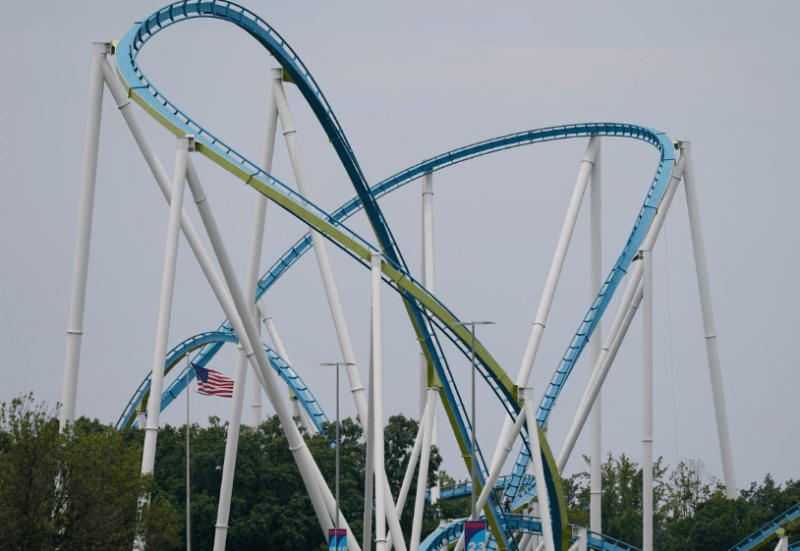
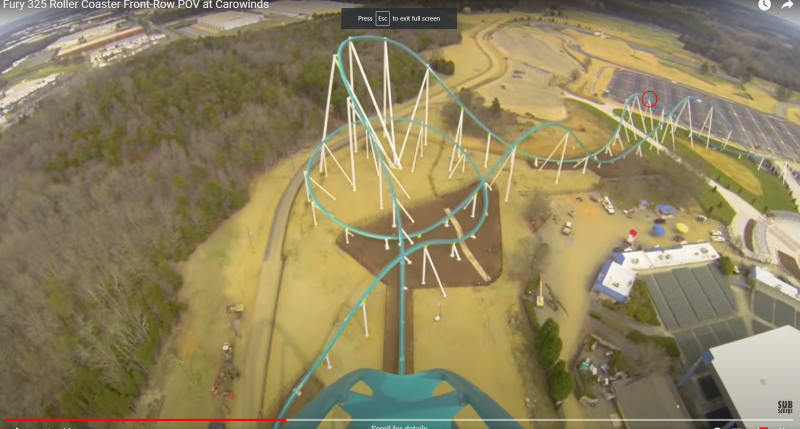
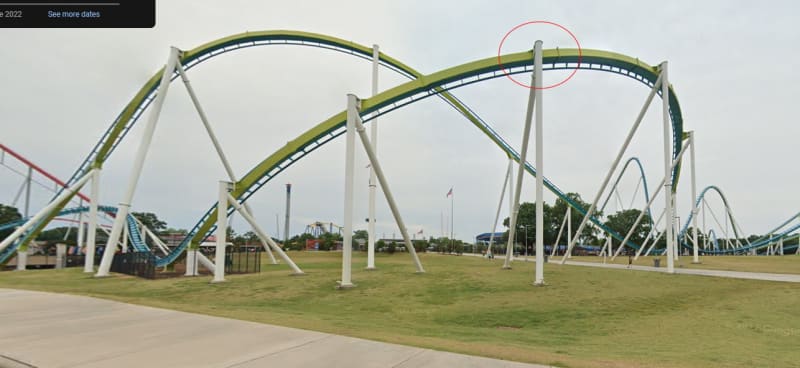
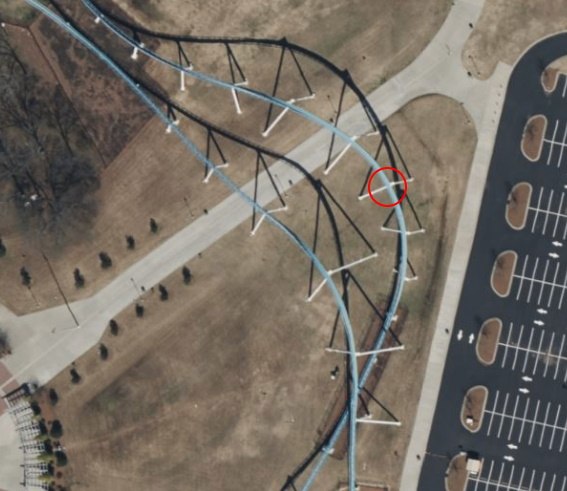
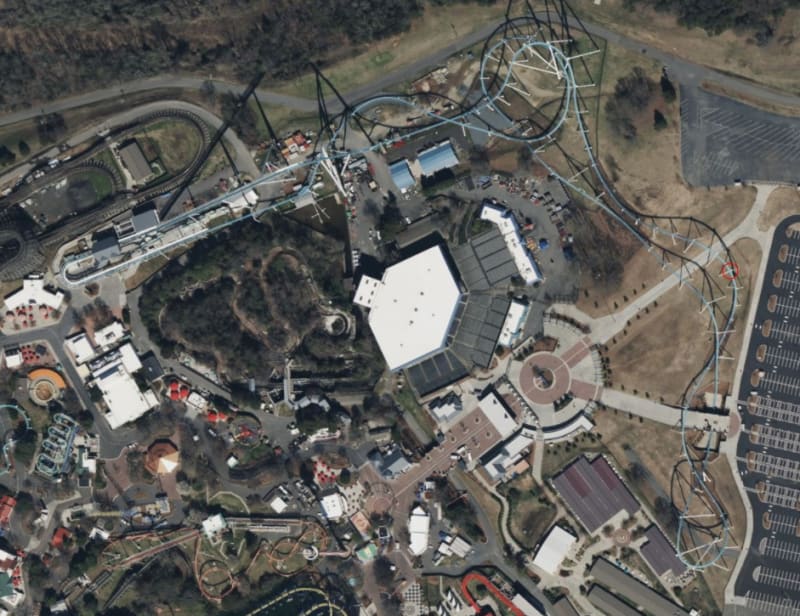
![[ponder] [ponder] [ponder]](/data/assets/smilies/ponder.gif)
![[bigsmile] [bigsmile] [bigsmile]](/data/assets/smilies/bigsmile.gif)